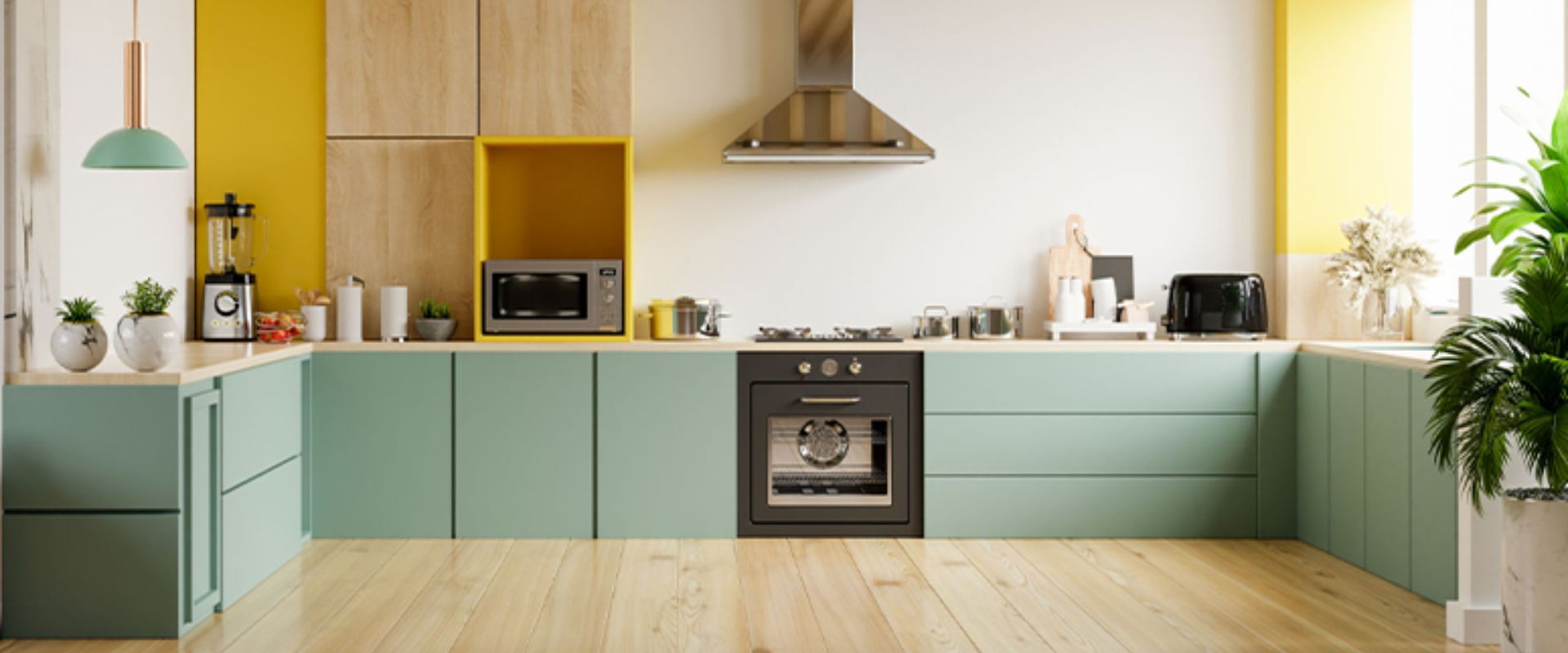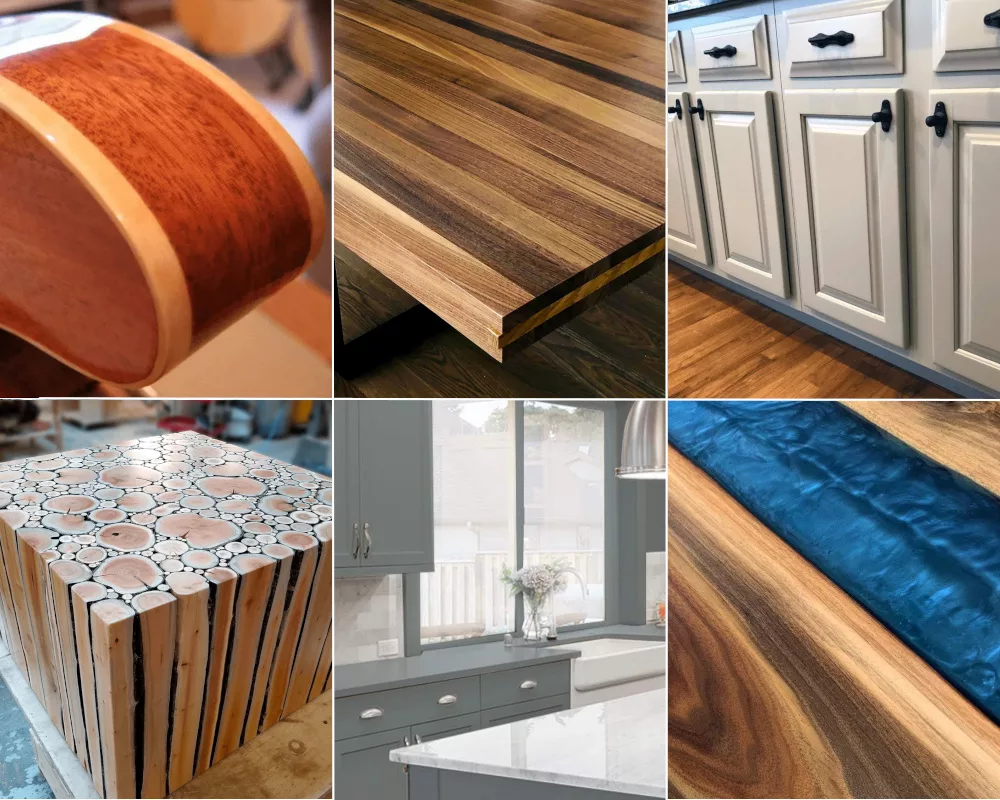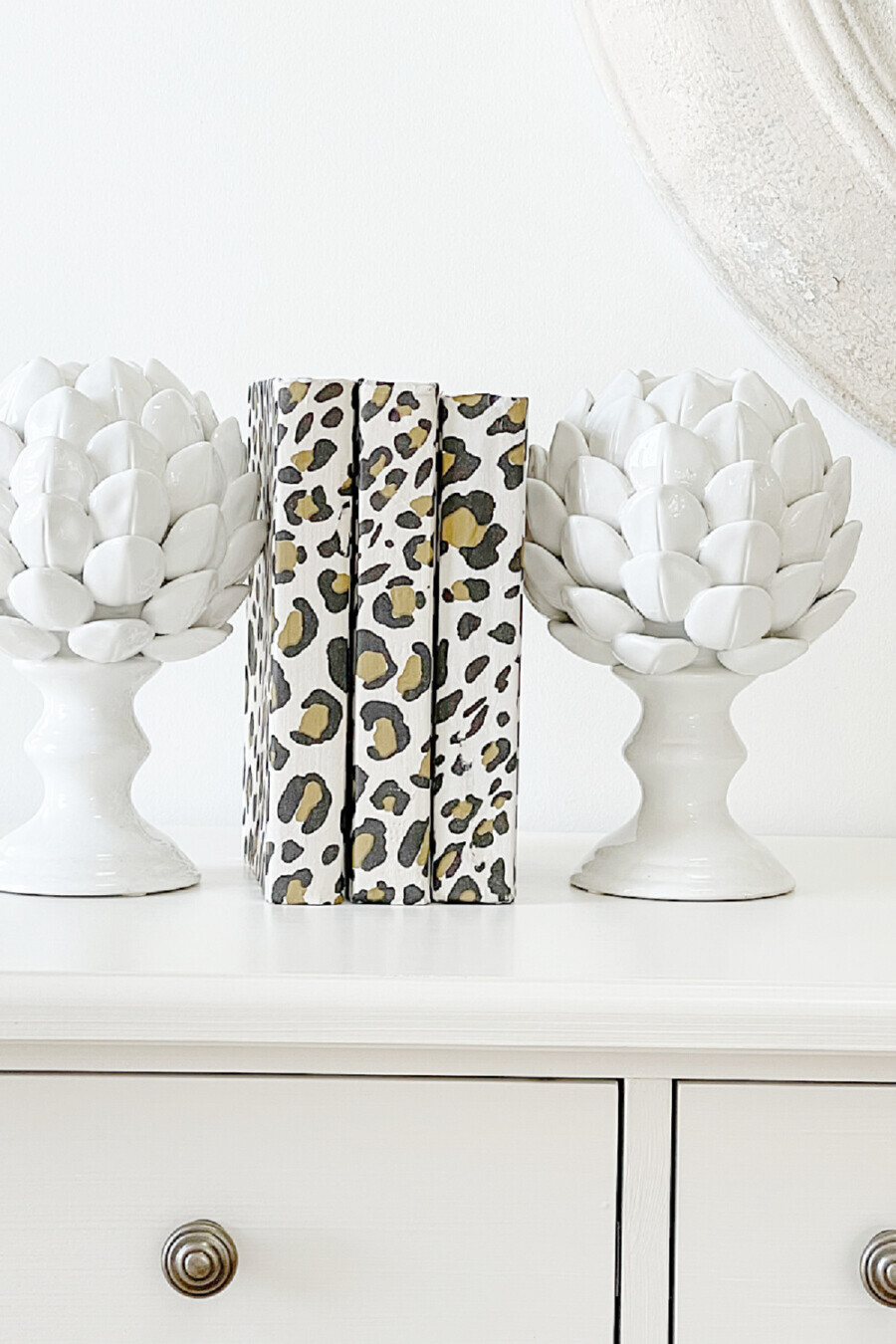To paint wood with acrylic, first, prepare the wood surface by sanding and cleaning it. Then, apply a primer and let it dry before painting with acrylic.
Painting wood with acrylic is a great way to add color and character to your wooden surfaces. Whether you’re reviving an old piece of furniture or adding a decorative touch to a wooden craft project, acrylic paint offers a versatile and durable solution.
By following the right steps and using the appropriate techniques, you can achieve a professional-looking finish that will last for years to come. We’ll explore the process of painting wood with acrylic, including the necessary materials, preparation, application, and finishing touches. With the right guidance, you can unleash your creativity and transform your wooden surfaces with vibrant and long-lasting acrylic colors.
Understanding Wood Acrylic Encapsulation

Credit: www.europratik.com
Choosing The Right Wood For Acrylic Transformation
When it comes to transforming wood with acrylic, choosing the right type of wood is crucial for achieving the best results. The characteristics of the wood and its suitability for acrylic application can greatly affect the final outcome of the project. Understanding the characteristics and types of wood suitable for acrylic transformation can help you make an informed decision when selecting the right wood for your painting project.
Characteristics Of Wood For Acrylic
Wood that is suitable for acrylic transformation should have a smooth and even surface that allows the acrylic paint to adhere well and create a uniform finish. The wood should also be free from knots and blemishes that could affect the application and appearance of the acrylic paint. Additionally, the absorbency of the wood should be considered, as highly absorbent wood may require additional preparation to ensure the acrylic paint performs optimally.
Types Of Wood Suitable For Acrylic Transformation
Choosing the right type of wood for acrylic transformation depends on the specific requirements and desired outcome of the painting project. Some of the most suitable types of wood for acrylic transformation include:
- Birch Plywood: Known for its smooth surface and uniform grain, birch plywood is a popular choice for acrylic painting due to its stability and minimal warping.
- Basswood: Basswood is a soft and light-colored wood with a fine, even texture, making it an ideal surface for acrylic application.
- Maple: With its hardness and consistent grain pattern, maple is a durable wood that offers a stable surface for acrylic painting.
Preparing Wood For Acrylic
To prepare wood for acrylic painting, start by sanding the surface to make it smooth and even. Next, apply a primer to seal the wood and create a suitable surface for the acrylic paint to adhere to. This will ensure a more vibrant and long-lasting finish for your wood project.
Cleaning And Sanding
Before applying acrylic paint on wood, ensure the surface is clean and smooth.
Priming For Acrylic Adhesion
Priming the wood creates a base for acrylic paint to adhere properly.

Credit: www.targetcoatings.com
Acrylic Application Techniques
Discover effective acrylic application techniques for painting wood. Learn how to achieve smooth, even coverage and vibrant colors with simple and accessible methods. Explore expert tips for blending and layering to create stunning, professional-looking results.
When it comes to painting wooden surfaces, using acrylic paint offers a versatile and durable option. By mastering different acrylic application techniques, you can achieve stunning effects and textures on your wood projects. In this section, we will explore two key techniques: Brushing vs. Spraying Acrylic and Creating Different Textures with Acrylic.
Brushing Vs. Spraying Acrylic
When painting wood with acrylic, you have the option to apply the paint using a brush or a spray gun. Each method offers its advantages and considerations.
Brushing Acrylic:
Using a brush allows for precise control over the application of acrylic paint. It’s great for small projects or areas that require detailed work, like trims and corners. Brushing acrylic can create brush strokes that add texture and depth to the finished surface.
Spraying Acrylic:
On the other hand, spraying acrylic paint offers a more even and flawless finish. It works exceptionally well for larger surfaces, such as furniture or walls. Spraying acrylic requires the preparation of a suitable spray booth or outdoor area to prevent overspray and ensure proper ventilation.
Creating Different Textures With Acrylic
Acrylic paint allows you to experiment with various textures to enhance the visual appeal of your wooden projects. Here are some techniques you can try:
- Dry Brushing: Applying a small amount of paint on a dry brush and lightly brushing the surface creates a weathered or distressed effect.
- Layering: By layering thin coats of acrylic paint, you can achieve depth and dimension. Start with lighter colors and gradually build up with darker tones.
- Sponging: Dipping a sponge into the acrylic paint and dabbing it onto the wood creates a unique, textured pattern.
- Stippling: Using a stippling brush or sponge, you can create a speckled or mottled effect by dabbing the surface with paint.
Remember to experiment and practice with different techniques to find the desired effect for your wood project. Acrylic paints offer endless possibilities, allowing you to explore your creativity and achieve stunning results on any wooden surface.
Adding Color And Designs With Acrylic
In the realm of painting wood with acrylic, adding color and designs with acrylic is a creative process that allows for endless possibilities. Let’s explore how to breathe life into your wooden surfaces with vibrant hues and intricate patterns using acrylic paints.
Choosing The Right Acrylic Colors
When selecting colors, opt for acrylic paints that are specially formulated for wood surfaces. Consider the color scheme you wish to achieve and pick high-quality, pigmented acrylics for rich, long-lasting results.
Implementing Designs And Patterns
To create visually appealing designs, experiment with varying brush strokes and techniques. Use stencils or tape to achieve clean lines, or employ freehand painting for a more organic feel.
Sealing And Protecting Acrylic Coated Wood
When it comes to painting wood with acrylic, it’s essential to know how to properly seal and protect your newly coated wood to ensure its longevity and durability. Sealing and protecting acrylic coated wood will not only enhance its appearance but also safeguard it from the wear and tear of daily use and exposure to the elements. In this section, we will delve into the top coat options for sealing acrylic-coated wood and provide maintenance tips to keep your wood looking its best.
Top Coat Options
Choosing the right top coat is crucial to ensure the long-lasting protection and durability of your acrylic-coated wood. Here are some popular top coat options to consider:
- Clear Polyurethane: A clear polyurethane topcoat provides excellent protection against moisture, UV rays, and general wear and tear. It enhances the natural beauty of the wood and is available in different finishes, including matte, satin, and gloss.
- Acrylic Sealer: Acrylic sealers are specifically designed to provide a protective barrier over acrylic-coated wood. They offer strong resistance against moisture and scratches while preserving the vibrant colors of the acrylic paint.
- Epoxy Resin: Epoxy resin top coats provide a high-gloss, durable finish that is exceptionally resilient to scratches and chemical damage. They create a smooth, glossy surface that enhances the visual appeal of the wood.
Maintenance Tips For Acrylic-coated Wood
Maintaining the beauty and integrity of acrylic-coated wood requires regular care and attention. Here are some simple maintenance tips to keep your acrylic-coated wood in pristine condition:
- Regular Cleaning: Use a mild soap and water solution to gently clean the surface of the wood. Avoid abrasive cleaners that can scratch the acrylic coating.
- Preventive Measures: Place felt pads under furniture legs and use coasters or placemats to protect the wood from scratches and moisture damage.
- Avoid Direct Sunlight: Prolonged exposure to direct sunlight can cause the acrylic coating to fade. Position your acrylic-coated wood away from direct sunlight or use window treatments to block UV rays.
Inspiring Wood Acrylic Transformation Projects
Looking for some inspiration to transform your wood pieces with acrylic paint? Look no further! In this post, we will explore some amazing wood acrylic transformation projects that will inspire your creativity and give new life to your old furniture and decorative pieces. From acrylic-enhanced furniture to eye-catching artwork, get ready to unleash your artistic talents and bring a fresh and vibrant look to your wood items.
Acrylic-enhanced Furniture
Acrylic painting offers a fantastic way to revitalize your furniture and make it a standout piece in any room. With the wide range of acrylic colors available, you can easily create stunning designs and patterns that will bring your furniture to life.
Here are some ideas to get you started:
- Give your wooden dining table a modern twist by painting bold geometric patterns on the surface.
- Turn a plain wooden dresser into a masterpiece by adding floral motifs or abstract designs.
- Transform your old wooden chairs into colorful statement pieces by painting each chair with a different vibrant hue.
- Create a whimsical look by painting a landscape or cityscape on your wooden coffee table.
By using acrylic paint, you can easily customize your furniture according to your personal style and taste. Let your imagination run wild!
Decorative Pieces And Artwork
Acrylic paint is not limited to furniture alone. It is also a great medium to create stunning decorative pieces and artwork that will add a unique touch to your home.
Here are some exciting ideas:
- Paint intricate floral designs on wooden trays to serve as elegant centerpieces for your dining table.
- Create eye-catching wall hangings by painting abstract patterns or landscapes on wooden panels.
- Personalize your wooden picture frames by adding colorful designs that complement your photographs.
- Design gorgeous wooden coasters by painting vibrant patterns or nature-inspired motifs.
With acrylic paint, the possibilities are endless when it comes to creating stunning decorative pieces and artwork. Let your creativity shine and transform your wood items into true works of art.

Credit: www.stonegableblog.com
Frequently Asked Questions Of Painting Wood With Acrylic
Can I Use Acrylic Paint On Wood?
Yes, acrylic paint can be used on wood surfaces. It provides a durable and long-lasting finish, and is perfect for both indoor and outdoor wood projects. Remember to prepare the wood surface properly by cleaning and sanding it before applying the paint for better adhesion.
Do I Need To Prime Wood Before Painting It With Acrylic?
While it’s not always necessary, priming the wood before painting with acrylic can improve adhesion and ensure a smoother and more even finish. Priming also helps to seal the wood and prevent the paint from being absorbed too quickly. Consider using a good quality wood primer for the best results.
Can I Paint Over Stained Wood With Acrylic Paint?
Yes, you can paint over stained wood with acrylic paint. However, it’s important to prepare the surface properly by cleaning and lightly sanding it to remove any existing finish or varnish. You may also need to apply a primer to ensure better adhesion.
After that, you can paint over the stained wood with acrylic paint as desired.
Conclusion
Incorporating acrylic paints on wood offers endless creative possibilities. Remember to prime properly for vibrant colors. Experiment with different techniques to bring your vision to life. Embrace the versatility of acrylics on wood for stunning, long-lasting results in your artistic endeavors.
Happy painting!


